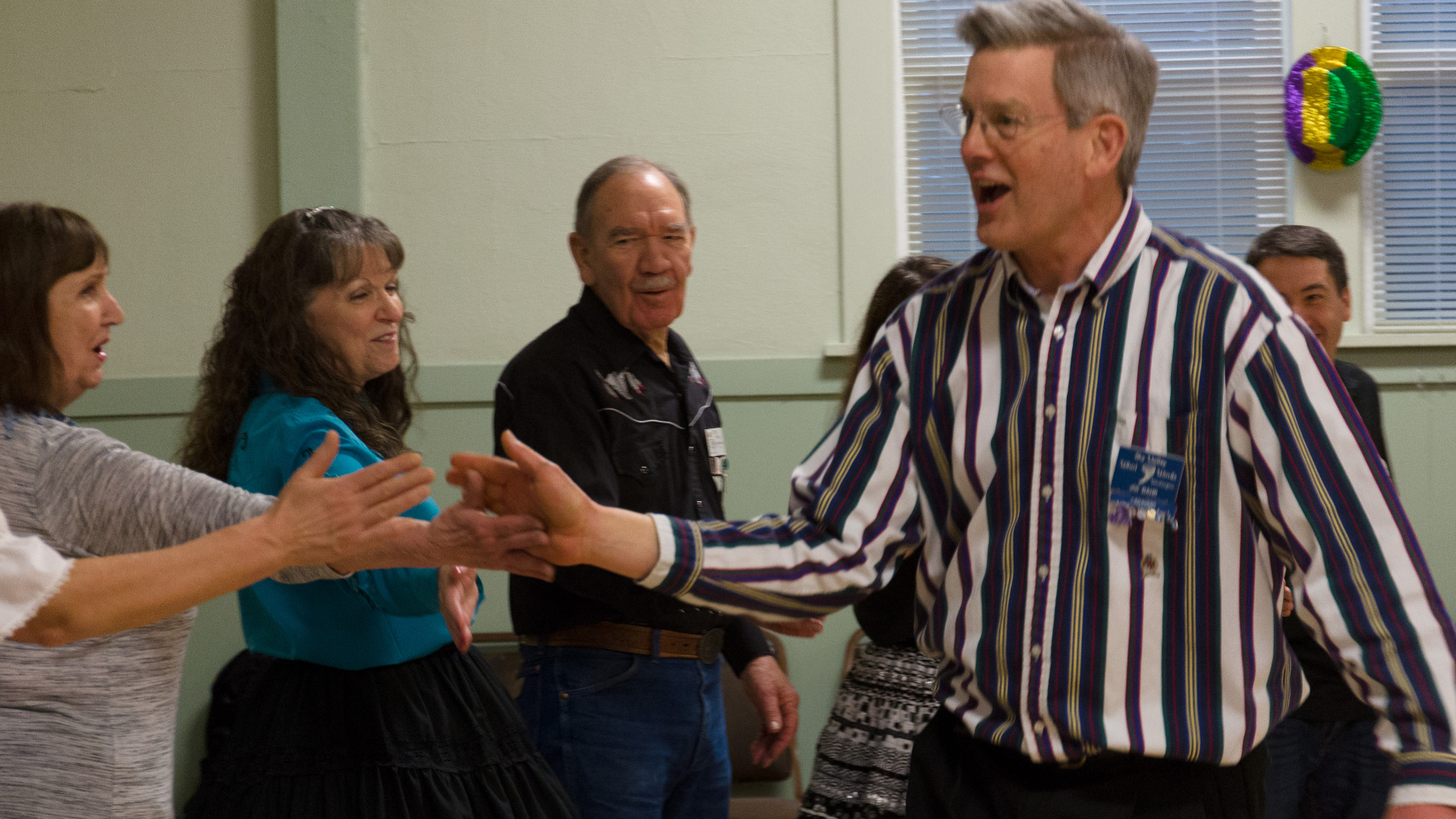UW Medicine researchers close in on treatments for Alzheimer’s
“As children, we were close,” says Joe Bahr about his older brother, Marty. Though their worlds drifted apart as adults, the brothers reconnected when Marty was diagnosed with early-onset Alzheimer’s disease at age 50.
“He got so irritated with himself. His brain just wouldn’t work,” says Joe. “I would try and calm him and listen.” Over time, Joe watched Marty lose not only his memory, but eventually his life.
Joe is far from alone in experiencing this kind of loss. Alzheimer’s disease — a form of dementia — is the sixth leading cause of death in the U.S. And over the next 30 years, the number of people with Alzheimer’s is expected to almost triple.
His response to the loss, though, is singular. Joe started an annual square dancing event to raise money for Alzheimer’s research, part of a bargain he made with his brother.
“This is my calling. I’m following through on a promise to Marty, but I’m doing this for everyone,” says Joe.

